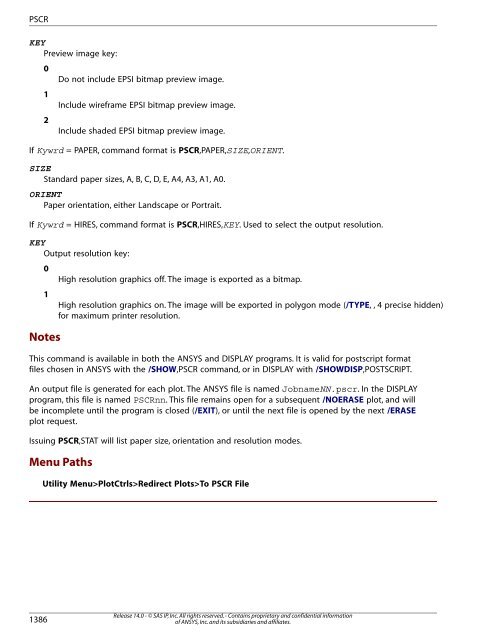

The magic keyword “count” works amazing!Ī load-step should be thought of as a set of constraints/loads that are being solved for while the sub-steps are how you transition from one loading environment to the next. I think a shortcut for it is to use the command *vget, in ansys, you can read about it in the help, it is very versatile command for storing array data of almost any kind in ansys, including the node numbers of selected elements. In finite element analysis a degree of freedom can take many forms, but depends on the type of analysis being performed. A node is simply a point in space, defined by its coordinates, at which DEGREES OF FREEDOM are defined.

What are nodes and elements in ANSYS?Īdjacent elements are connected to each other AT the nodes. Then, right click, say your “Node Move”, there should be a “Delete”, click “Delete”, then right click your “Mesh Edit” and there should also be a “Delete”, click that. We can reduce the mesh element number and thereby reduce calculation time.įirst right click your mesh in the project tree and then click “Clear Generated Data”. Features like small fillets, holes etc dont effect the end result. maximum result value on plot.īasically Ansys removes the unwanted geometry from the model. General Postproc > Plot Results > Contour Plot (legend) SMX. There is no ‘undo’ command in this software but you can go to the “session editor” in ANSYS main Menu. See where is the mistake in the log file and copy the previous commands and paste into the command prompt bar of ANSYS. Just use the log file to see the commands previously used. Using APDL instead of the modern user-interface is said to give the users more power and control over each step of their simulation. ANSYS APDL is a time-tested old-fashioned command-driven program that allows the user to input line by line codes one at a time and execute them on demand.


 0 kommentar(er)
0 kommentar(er)
